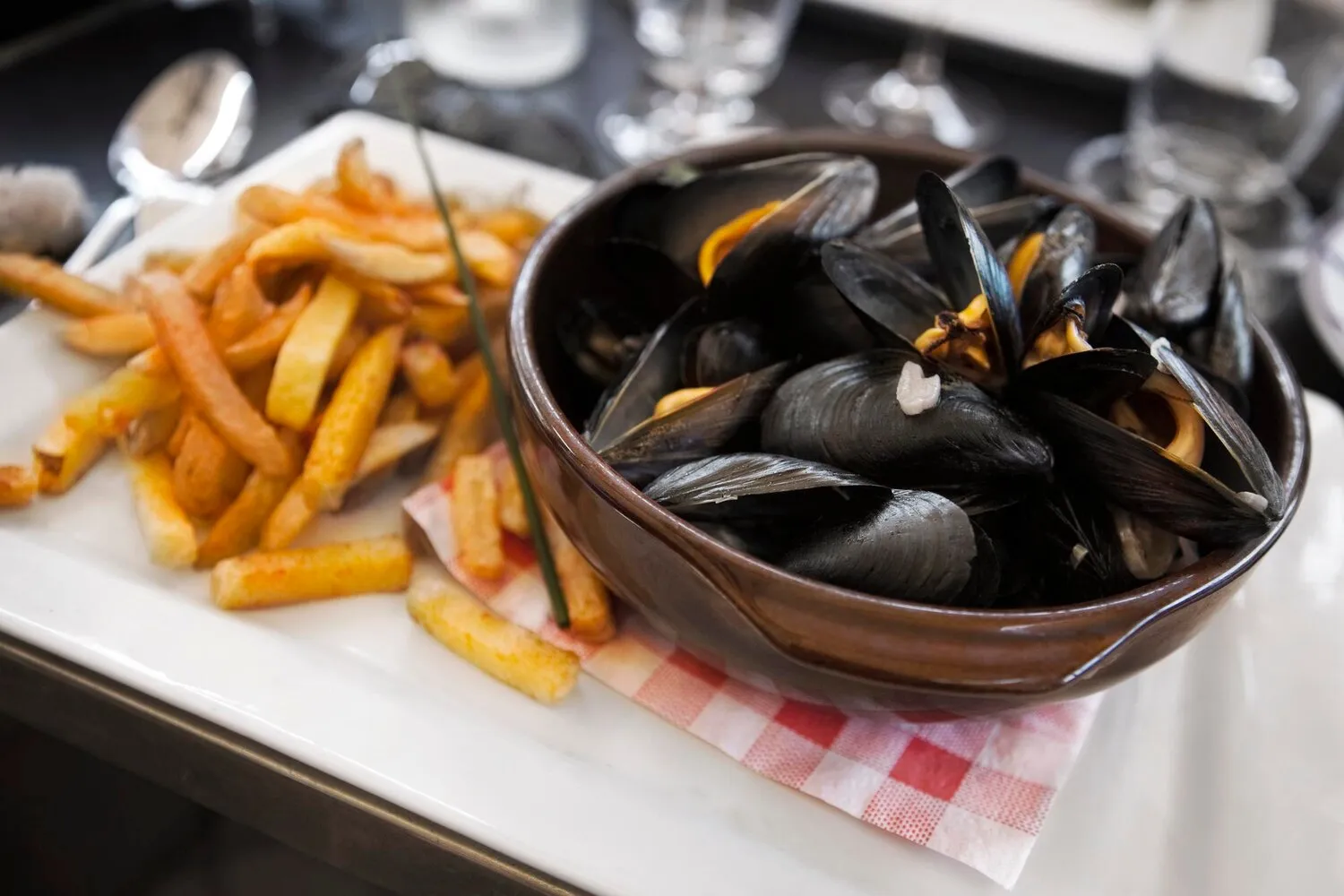
Carbonade Flamande
Beef stew braised in beer, a traditional Flemish dish.
Nutrition Facts
* The % Daily Value (DV) tells you how much a nutrient in a serving of food contributes to a daily diet. 2,000 calories a day is used for general nutrition advice.
Beef stews braised in beer have a long history in the Low Countries, reflecting the region's rich brewing tradition and agricultural abundance. Medieval Flemish cuisine heavily relied on hearty, slow-cooked dishes, using readily available ingredients like beef and locally brewed beer. Carbonade Flamande likely evolved from these early stews, becoming a staple in Flemish households and taverns.
Carbonade Flamande is more than just a dish; it's a symbol of Flemish culture, representing hospitality, tradition, and the importance of communal meals. It's a dish often prepared for family gatherings and celebrations, embodying the warmth and comfort of home.
Family Tradition
Recipes for Carbonade Flamande are often passed down through generations, with each family having their own unique variation. It's a dish that connects people to their heritage.
Beer Culture
The dish is deeply intertwined with Belgium's renowned beer culture. The choice of beer significantly impacts the flavor of the stew, reflecting the diverse brewing traditions of the region.
Comfort Food
Carbonade Flamande is considered a classic comfort food, perfect for cold weather and providing a satisfying and hearty meal.
Restaurant Staple
Found in countless restaurants across Flanders (and beyond), Carbonade Flamande is not just home cooking. It is a popular dish that's enjoyed for special nights out too.
Carbonade Flamande boasts a rich, savory flavor profile with a delightful balance of sweetness and tanginess, stemming from the beer, onions, and brown sugar. The beef becomes incredibly tender through the long braising process, absorbing all the complex flavors.
The primary flavors are derived from the beef, which contributes a deep, meaty savoriness. The beer, traditionally a dark Belgian ale (such as Dubbel or Oud Bruin), adds malty, slightly bitter, and fruity notes. Onions provide sweetness and depth, while brown sugar enhances the sweetness and creates a rich, caramelized sauce. Dijon mustard introduces a tangy kick, while herbs like thyme and bay leaf contribute aromatic complexity. Some recipes include a slice of pain d'épices (spice bread) to thicken the sauce and add a subtle sweetness and spice.
Beer Selection
Choose a dark Belgian ale, such as a Dubbel or Oud Bruin, for the most authentic flavor. Avoid overly hoppy beers, as they can impart a bitter taste to the stew. If you cannot find a suitable Belgian beer, a brown ale or porter can be used as a substitute.
Browning the Beef
Properly browning the beef is essential for developing deep, rich flavors. Ensure the beef is dry before searing, and brown it in batches to avoid overcrowding the pan.
Slow Braising
Allow ample braising time (at least 2-3 hours) for the beef to become incredibly tender and for the flavors to meld together. The longer it simmers, the better the flavor will be.
Pain d'épices
Pain d'épices may be hard to find. Using some ginger snap cookies, or a slice of dark rye bread with some cloves will do just fine!
Explore additional Belgian dishes and restaurants
Explore BelgianDiscover top dining spots and culinary experiences in Namur.
Explore NamurLearn more about the food culture, restaurant scene, and culinary heritage of Belgium.
Explore Belgium